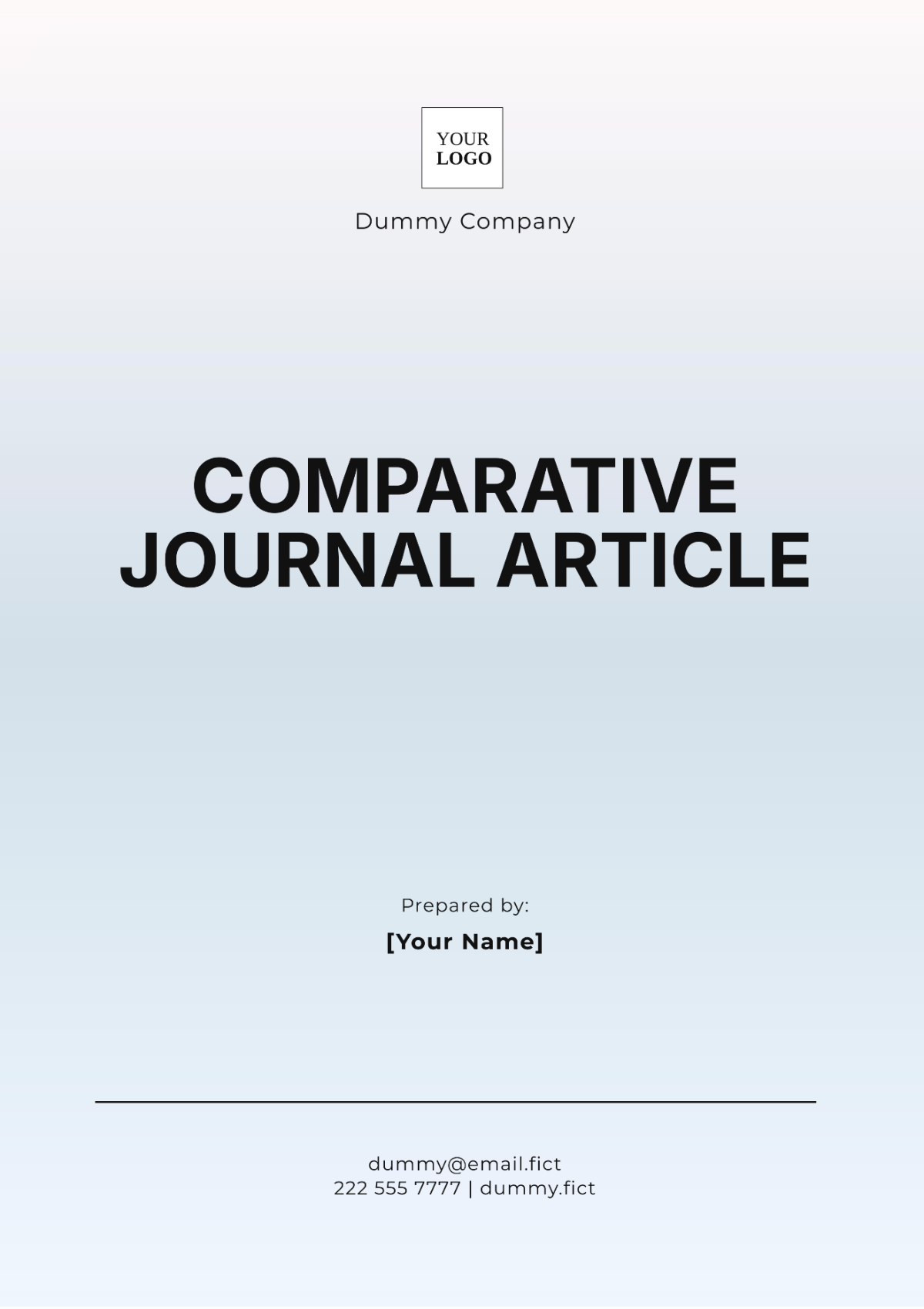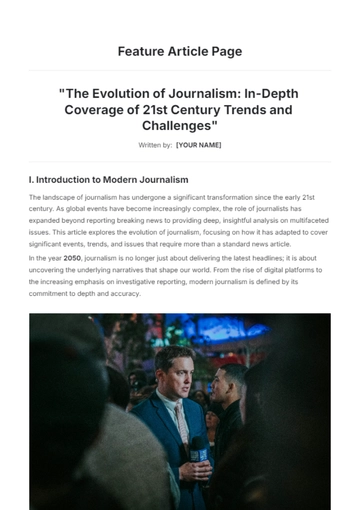COMPARATIVE JOURNAL ARTICLE
Title: Comparative Analysis of Renewable Energy Adoption in Developing vs. Developed Countries
Abstract
This article presents a comparative analysis of renewable energy adoption between developing and developed countries. It examines the drivers, challenges, and outcomes associated with renewable energy initiatives in both contexts. The analysis reveals distinct patterns in policy effectiveness, technology deployment, and socio-economic impacts. The findings suggest that while developed countries benefit from advanced technology and stronger policies, developing countries face unique challenges that require tailored solutions. The article concludes with recommendations for enhancing renewable energy adoption globally.
Introduction
Background
As global concern over climate change intensifies, the adoption of renewable energy sources has become a critical focus for countries at various stages of development. Understanding how different contexts influence the success and challenges of renewable energy projects is essential for crafting effective policies and strategies.
Purpose
This study aims to compare renewable energy adoption in developing and developed countries to identify key differences and similarities that impact the effectiveness of these initiatives.
Scope
The comparison focuses on policy frameworks, technological advancements, and socio-economic impacts in selected countries from both categories.
Literature Review
Review of Sources
A comprehensive review of recent studies, including reports from the International Energy Agency (IEA) and academic journals, provides insights into renewable energy practices and outcomes.
Theoretical Framework
The analysis is grounded in the diffusion of innovations theory, which helps explain how and why renewable energy technologies spread differently across diverse contexts.
Methodology
Comparison Criteria
Criteria for comparison include policy effectiveness, technology adoption rates, economic impact, and social acceptance.
Data Collection
Data was gathered from government reports, industry publications, and case studies of renewable energy projects in 10 developing and 10 developed countries.
Analysis Methods
Qualitative and quantitative analysis techniques were used to compare the data and identify trends and patterns.
Comparative Analysis
Comparison of Key Variables
The study compares policy frameworks, technological infrastructure, and economic incentives between developing and developed countries. Developed countries generally show higher technology adoption rates and more comprehensive policies. In contrast, developing countries face barriers such as limited infrastructure and financial constraints.
Discussion of Findings
The comparison highlights that developed countries benefit from established regulatory frameworks and technological advancements, while developing countries face significant challenges that hinder their progress. The role of international aid and technology transfer is crucial in supporting developing countries.
Results
Summary of Findings
The analysis indicates that developed countries have more robust renewable energy adoption due to better resources and policies. Developing countries, while making progress, encounter unique obstacles that require targeted interventions.
Implications
These findings suggest that global strategies should consider the specific needs of developing countries and promote international cooperation to facilitate technology transfer and financial support.
Conclusion
Summary
The comparative analysis reveals clear differences in renewable energy adoption between developing and developed countries. While developed countries are more advanced in their adoption efforts, developing countries face specific challenges that need addressing.
Recommendations
To improve global renewable energy adoption, it is recommended that international organizations increase support for developing countries through funding and technology transfer. Additionally, policies should be tailored to the unique contexts of different countries.
References
International Energy Agency (IEA). (2023). World Energy Outlook 2053.
Smith, J., & Brown, A. (2052). Renewable Energy Policies: A Comparative Study. Journal of Energy Policy, 45(3), 123-145.
Zhao, L., & Wang, X. (2051). Technological Innovations in Renewable Energy. Energy Research & Social Science, 35, 88-102.
Journal Article Templates @ Template.net






























